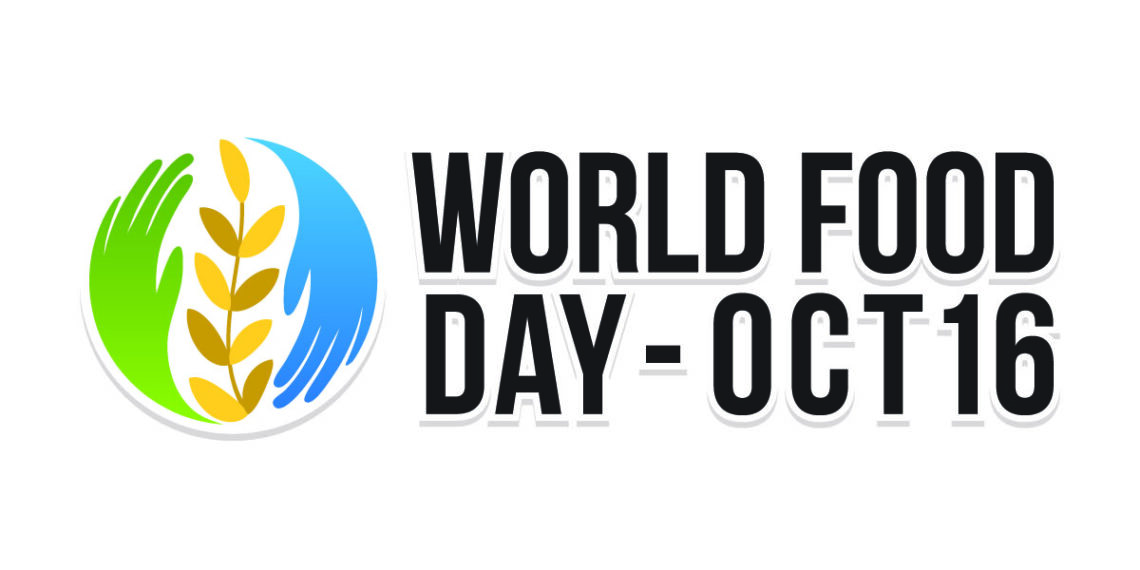World Food Day – October 16, 2022, history, significance
Where would we be without food? We certainly wouldn’t be at Starbucks, grocery stores or restaurants. We wouldn’t, in fact, be anywhere for very long, because we need food to live. Food is seen as a basic human right, and yet one in nine people globally experience chronic hunger.
As far back as 1945 the United Nations recognized food as not a privilege, but a right, and that’s why they created World Food Day, observed annually on October 16, in 1979. It’s a day of observance to draw attention to the plight of the hungry. So, today, join us in eradicating hunger.
History of World Food Day

World Food Day (WFD) was founded in November 1979 by Food and Agriculture Organization’s Member Countries during the 20th General Conference of the Organization. The Hungarian commission headed by the former Hungarian Agriculture and Food Minister Dr. Pál Romány played a significant role at the 20th General Conference of the FAO as he proposed the idea of celebrating the WFD all over the world.
From that time this day is celebrated every year in over 150 countries, increasing awareness about the problems of poverty and hunger. From 1981, this day has adopted various themes every year, and many of the themes are about agriculture.
In recent times, World Food Day focuses on various features of food safety and agriculture like biodiversity, climate change, and also it focuses on fishing communities
Themes of World Food Day
1981 – Food comes first
1982 – Food comes first
1983 – Food Security
1984 – Women in Agriculture
1985 – Rural poverty
1986 – Fishermen and fishing communities
1987 – Small farmers
1988 – Rural youth
1989 – Food and the Environment
1990 – Food for the Future
1991 – Trees for life
1992 – Food and Nutrition
1993 – Harvesting nature’s diversity
1994 – Water for life
1995 – Food for all
1996 – Fighting hunger and malnutrition
1997 – Investing in food security
1998 – Women feed the world
1999 – Youth against Hunger
2000 – A millennium free from hunger
2001 – Fight hunger to reduce poverty
2002 – Water: source of food security
2003 – Working together for an international alliance against hunger
2004 – Biodiversity for food security
2005 – Agriculture and intercultural dialogue
2006 – Investing in agriculture for food security
2007 – The right to food
2008 – World food security: the challenges of climate change and bioenergy
2009 – Achieving food security in times of crisis
2010 – United against hunger
2011 – Food prices – from crisis to stability
2012 – Agricultural cooperatives – a key to feeding the world
2013 – Sustainable Food Systems for Food Security and Nutrition
2014 – Family Farming: “Feeding the world, caring for the earth.”
2015 – “Social Protection and Agriculture: Breaking the Cycle of Rural Poverty.”
2016 – Climate change: “Climate is changing. Food and agriculture must too.”
2017 – Change the future of migration. Invest in food security and rural development.
2018 – Our Actions are Our Future.
2019 – Healthy diets for a zero hunger world.
2020 – Grow, nourish, sustain. Together. Our actions are our future.
2021 – Safe food now for a healthy tomorrow
HOW TO OBSERVE WORLD FOOD DAY
Give to a local food bank
In the United States it’s estimated 1 in 7 people rely on food banks as their primary or supplemental food source—many of these are working families who suffer from underemployment and cannot afford the groceries needed to help their family live healthfully. The top requested items for food banks are healthy, non-perishable items high in protein, such as canned or dry beans, peanut butter, rolled oats, low-sodium soups and vegetables and tuna canned in water.
Support small scale farms
Ninety-eight percent of the farms in the world are family farms. They usually practice sustainable agriculture with plants that are indigenous to the area, rotating crops and limited use of pesticides. Sadly, many family farmers are unable to produce the variety of crops needed for their own survival and without support, can suffer from malnutrition themselves. On World Food Day, shop locally and support family farms.
Raise money to end hunger
On World Food Day there are typically a number of food drives. If you don’t know of a local food drive, organize one yourself and donate the food to a local food drive. Globally there are hunger walks, World Food Day dinners or food packaging rallies. Get involved and let’s end world hunger!
WHY WORLD FOOD DAY IS IMPORTANT
It helps raise awareness
Millions of people suffer the health consequences of malnourishment, which damages growing bodies and brains. That’s why it’s important to draw attention to this health crisis—and by doing so, ensure food security and availability of nutritious foods to everyone on the planet.
It’s a reminder hunger can be ended
Our planet currently produces enough food to feed every person on the planet. However, 1.3 billion tons of food is lost or wasted annually (that’s roughly 20% of the food produced). World Food Day acts as an impetus to get involved, reduce food waste, and help provide sustenance for millions.
It brings attention to eating mindfully
Food is a great source of pleasure and entertainment, but sometimes we can overindulge. if we return to the focus of eating mindfully we can reduce the amount food that’s wasted and the number of people going to bed hungry. World Food Day serves as a reminder to refrain from overeating and to make choices that are ecologically sustainable.



